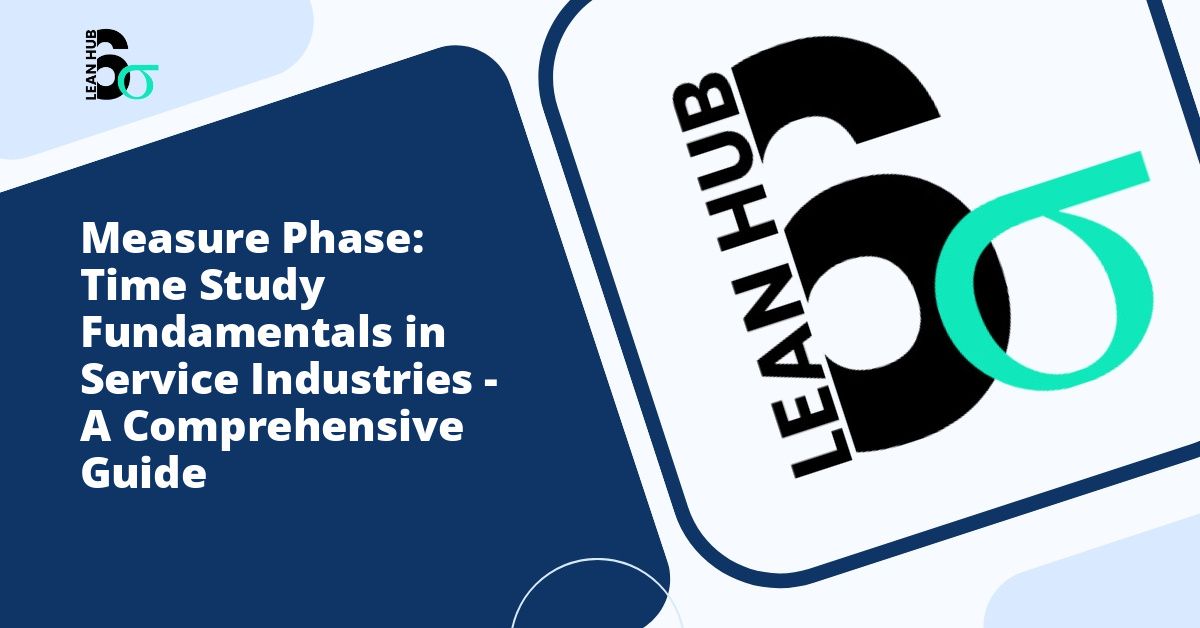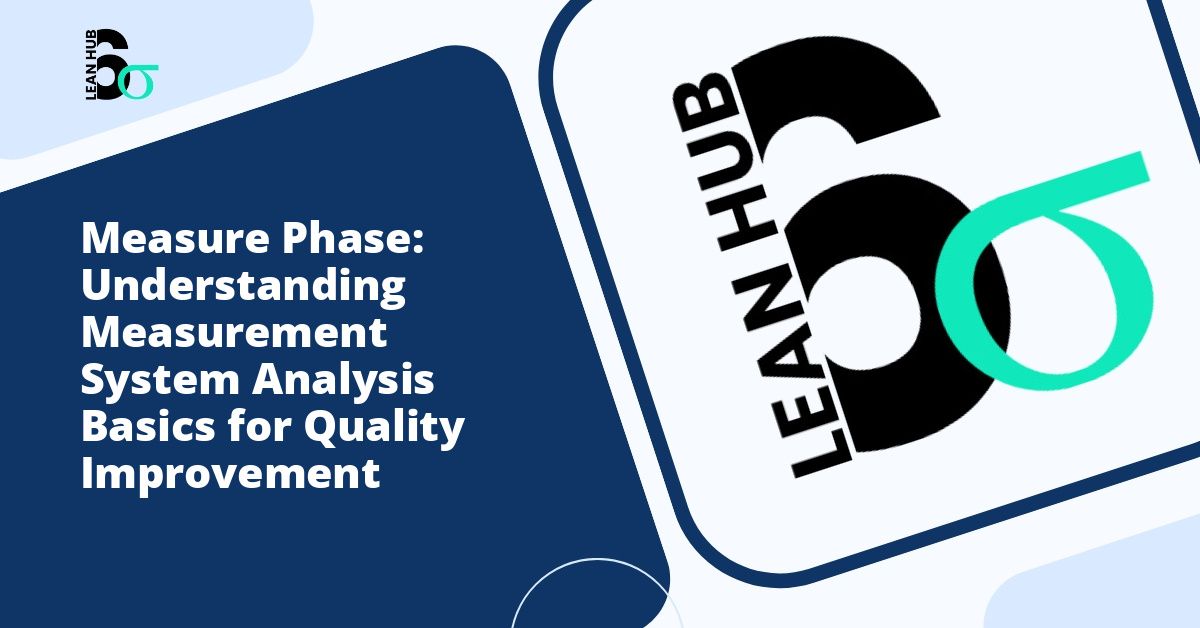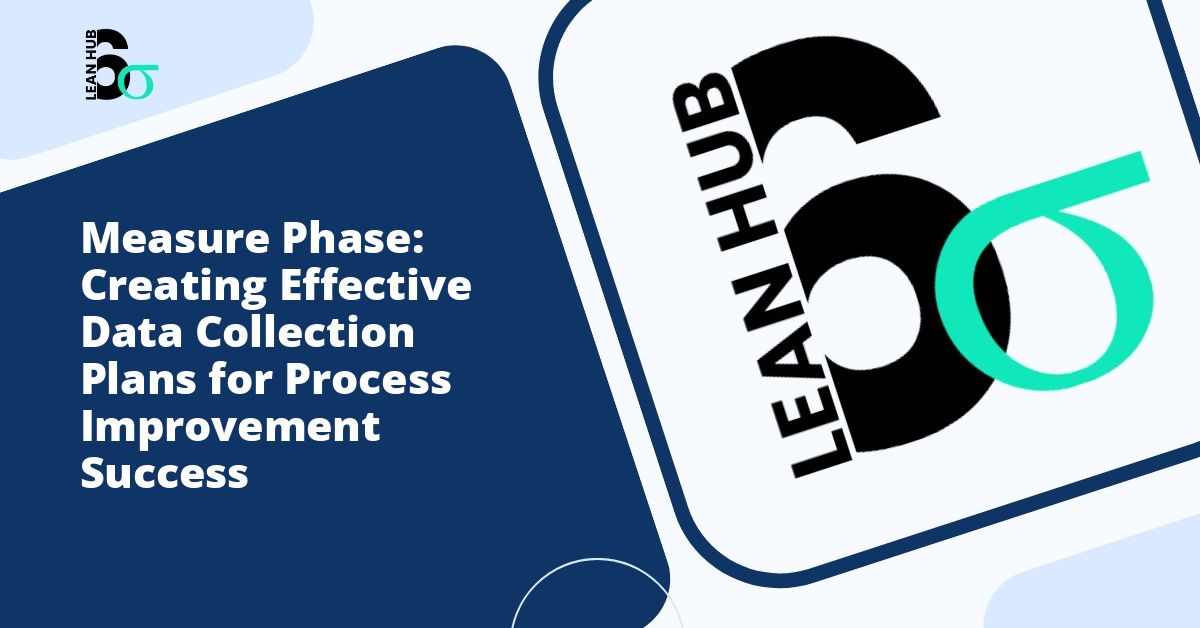In today’s competitive business environment, organizations constantly seek methods to improve efficiency, reduce costs, and deliver greater value to customers. Value Stream Mapping (VSM) has emerged as one of the most powerful tools for visualizing and analyzing business processes, making it an essential component of lean six sigma methodologies. This comprehensive guide will explore how VSM can help you identify and eliminate waste in your current processes.
Understanding Value Stream Mapping
Value Stream Mapping is a lean management technique that provides a visual representation of the flow of materials and information required to bring a product or service to a customer. Unlike traditional process mapping, VSM focuses specifically on activities that add value from the customer’s perspective while highlighting those that do not. This distinction makes it an invaluable tool for process improvement initiatives. You might also enjoy reading about Control Charts Basics: Understanding Variation in the Measure Phase of Lean Six Sigma.
The concept originated in Toyota’s manufacturing system and has since been adapted across industries, from healthcare to software development. At its core, VSM helps organizations see the big picture of their operations, revealing hidden inefficiencies and opportunities for improvement that might otherwise remain unnoticed. You might also enjoy reading about How to Calculate Process Sigma Level: DPMO and Sigma Conversion Guide for Quality Excellence.
The Role of VSM in the Recognize Phase
Within lean six sigma frameworks, the recognize phase serves as the foundation for any improvement initiative. During this critical stage, organizations must accurately identify problems, understand their current state, and establish a baseline for measuring future improvements. Value Stream Mapping fits perfectly into this phase by providing a structured approach to recognizing waste and inefficiency. You might also enjoy reading about 5 Common Mistakes in the Measure Phase and How to Avoid Them for Lean Six Sigma Success.
The recognize phase requires teams to gather data, observe processes firsthand, and document how work actually flows through the system, not just how it should flow according to written procedures. VSM facilitates this recognition by creating a shared understanding among team members about where problems exist and which areas demand immediate attention.
The Eight Types of Waste in Processes
Before creating a value stream map, it is essential to understand what constitutes waste. Lean methodology identifies eight primary types of waste, often remembered by the acronym DOWNTIME:
- Defects: Products or services that fail to meet quality standards, requiring rework or correction
- Overproduction: Creating more than what is needed or producing items before they are required
- Waiting: Idle time when materials, information, or people are not moving forward in the process
- Non-utilized talent: Failing to leverage the skills, knowledge, and creativity of employees
- Transportation: Unnecessary movement of materials, products, or information between locations
- Inventory: Excess raw materials, work-in-progress, or finished goods that tie up capital and space
- Motion: Unnecessary movement of people or equipment that does not add value
- Extra processing: Doing more work or adding more components than what the customer requires
Understanding these waste categories enables teams to recognize them more readily when creating and analyzing value stream maps.
Creating Your Current State Value Stream Map
The first step in value stream mapping is documenting your current state. This process requires walking through the actual workflow, observing operations, and gathering accurate data. Here is how to approach this essential task:
Select the Process or Product Family
Begin by identifying which process or product family you want to map. Focus on high-volume processes or those generating significant customer complaints. Starting with a manageable scope ensures your first VSM effort remains focused and achievable.
Assemble a Cross-Functional Team
Effective value stream mapping requires input from everyone involved in the process. Include operators, supervisors, support staff, and anyone who interacts with the workflow. This diverse perspective ensures you capture the complete picture and avoid blind spots.
Walk the Process
Physical observation is crucial. Walk through the entire process from start to finish, following the actual path of materials and information. Ask questions, take notes, and measure key metrics such as cycle times, changeover times, and inventory levels. This hands-on approach during the recognize phase reveals details that paperwork alone cannot convey.
Document Process Steps
Using standard VSM symbols, document each process step on your map. Include data boxes showing cycle time, changeover time, uptime, number of operators, and available working time. Additionally, map information flows showing how instructions, orders, and schedules move through the system.
Calculate Key Metrics
Two critical metrics emerge from value stream mapping: lead time and value-added time. Lead time represents the total time from order to delivery, while value-added time measures only those activities that transform the product in ways the customer values. The ratio between these metrics often reveals shocking inefficiencies, with value-added time frequently representing less than 5% of total lead time.
Identifying Waste Through VSM Analysis
Once your current state map is complete, the real work of identifying waste begins. This analytical phase of the recognize phase requires careful examination of every element on your map.
Look for Inventory Accumulation
Triangles on your VSM represent inventory. Large inventory buffers between process steps signal problems such as unbalanced workflows, unreliable equipment, or poor scheduling. Each inventory point represents capital tied up and potential obsolescence risk.
Identify Wait Times
Examine the timeline at the bottom of your map. Long wait times between value-adding activities indicate opportunities for improvement. These delays might result from batch processing, approval bottlenecks, or misaligned schedules between departments.
Spot Transportation and Motion Waste
Physical distance on your map matters. Long arrows indicating material movement suggest poor facility layout. Similarly, multiple handoffs between departments or individuals create opportunities for errors and delays.
Recognize Over-Processing
Question whether each process step truly adds value from the customer’s perspective. Organizations often include steps based on internal requirements, regulations, or simply because “we have always done it this way.” Challenge these assumptions during your analysis.
Leveraging VSM Findings for Improvement
The insights gained from value stream mapping during the recognize phase lay the groundwork for meaningful improvement. With a clear picture of waste in your current process, you can develop a future state map that eliminates non-value-added activities and streamlines workflow.
Prioritize improvements based on impact and feasibility. Quick wins build momentum and demonstrate the value of lean six sigma initiatives to stakeholders. Simultaneously, begin planning for larger structural changes that may require more time and resources.
Engage Stakeholders
Share your value stream map with leaders, team members, and other stakeholders. The visual nature of VSM makes it an excellent communication tool. When people can see waste clearly illustrated, they become more receptive to change and more willing to support improvement initiatives.
Establish Metrics
Use your current state map to establish baseline metrics for improvement. These quantifiable measures allow you to track progress objectively and demonstrate the return on investment from your improvement efforts.
Common Pitfalls to Avoid
While value stream mapping is powerful, several common mistakes can undermine its effectiveness. Avoid mapping from your desk using only documented procedures. The current state map must reflect reality, not theory. Additionally, resist the temptation to map at too high a level. Sufficient detail is necessary to identify specific waste and improvement opportunities.
Another frequent error involves creating the map in isolation. Without input from frontline workers who perform the work daily, your map will miss crucial details. Finally, remember that creating the map is not the goal. Taking action based on what you learn during the recognize phase is what ultimately drives improvement.
Conclusion
Value Stream Mapping represents a fundamental tool in the lean six sigma toolkit, particularly during the recognize phase of process improvement. By providing a clear, visual representation of how work flows through your organization, VSM makes waste visible and improvement opportunities obvious. The discipline of walking the process, gathering accurate data, and honestly assessing your current state creates the foundation for sustainable improvement.
Organizations that embrace value stream mapping gain powerful insights into their operations. They discover that small changes in layout, scheduling, or information flow can yield dramatic improvements in efficiency and customer satisfaction. Most importantly, they develop a culture of continuous improvement where identifying and eliminating waste becomes part of everyday work. Whether you are beginning your lean journey or seeking to deepen existing improvement efforts, value stream mapping offers a practical, proven approach to recognizing and eliminating waste in your processes.








